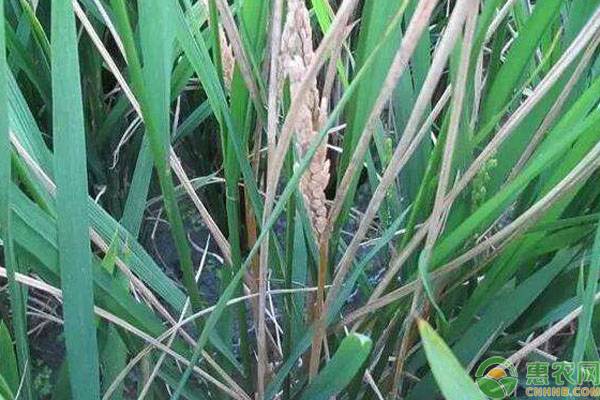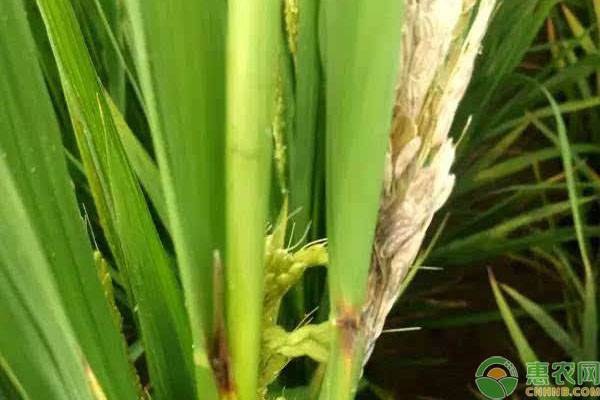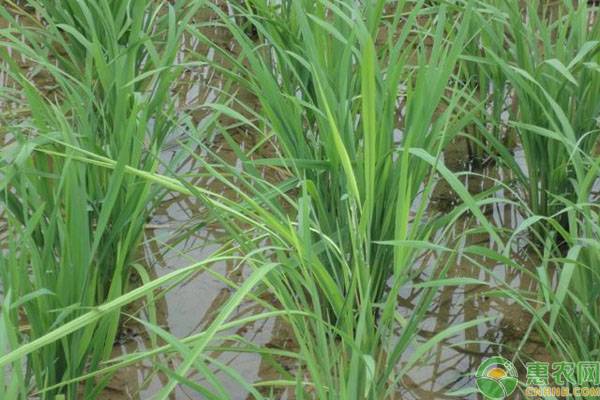Rice is a common grain in China. In order to effectively ensure rice yield, we must prevent and control pests and diseases in various periods. Rice seedling disease is a common disease, which can occur from seedling stage to heading stage. It is easy to cause rice plants to die, causing problems such as yield reduction. How to prevent and cure? Let's take a look at it. First, the incidence and characteristics of rice seedling disease 1. Initial infection In the process of soaking seeds, the diseased seeds contaminate disease-free seeds, and the pathogens invade the bud sheath during seed germination to form primary infection; 2, the first peak After 7-10 days of sowing, the symptoms began to appear, and gradually increased. About 20 days, the peak of seedling stage (the first peak) was formed, and the diseased plants died; 3, the second peak Early onset of early onset, early onset can head, but the seed setting rate is low. It can also occur after heading, and the number is small, but it can form diseased seeds, which affects the seeding rate of the next year; 4, seedling period The diseased seedlings are finer than the healthy seedlings, the roots are poorly developed, the leaf sheaths are slender, the leaves are yellowish, the tillers are less or not divided, and some of the diseased plants die before transplanting; 5. Adult stage Generally, the diseased plants appear in the month after transplanting, and the pathology is similar to that of the seedling stage. The diseased plants are less or less divided, and the internodes are significantly elongated. There are many inverted adventitious roots on the lower stem sections. After the heading of the diseased plant, the opening angle of the flag leaf is larger than that of the normal plant. Serious illnesses die at the booting stage, mild diseases often lead to early heading, short spikes of seeds are not true. Second, pathogens and routes of transmission The pathogen of the disease is a Gibberella sinensis, belonging to the Ascomycetes subfamily fungus. The growth temperature of the mycelium of the pathogen is 3-39 ° C, and the optimum temperature is 25-30 ° C. The optimum temperature for inducing the plant to grow is 31 ° C. The bacteria are resistant to drying, and the mycelium can survive for 3 years in dry straw. The conidia can survive for more than 2 years in dry straw. The bacteria are not resistant to moisture, and the mycelium dies in the wet soil or in the soil for a short period of time. Seed-borne bacteria are the main cause of the disease of rice seedlings. Rice seeds are the most important source of initial infection of the disease. The breeding of fields must pay special attention to the occurrence of disease. Third, rice blast disease prevention and control methods 1. Establish disease-free seeding fields, plant resistant varieties, and avoid planting susceptible varieties; 2, strengthen cultivation management, germination should not be too long, pull up as much as possible to avoid damage to the roots. Dry nursery is more important than water breeding; increasing nitrogen application is easy to stimulate disease development; 3. Seed treatment. Seed disinfection treatment such as seed dressing or soaking is the main means and key to prevention and cure of disease; 4, seed dressing: mix the seed dressing with the right amount of water to make a liquid (1kg dry seeds need 20-30ml liquid mix well), pour the rice into the mixture, put it in a cool and ventilated place to dry (remember not to be in the sun Dry down!), the next day germination sowing. The drug may be selected from the group consisting of sputum, isothiazide, fluorocyclohexane, succinct or nail cream, and inoculum; 5. Coating: Before the coating, the rice seeds should be selected, the glutinous rice and the grass seeds should be removed, and the seeding agent should be mixed into the rice seeds according to the concentration and mixed into the rice seeds for seed dressing to ensure that the seeds are evenly coated and placed in a cool and ventilated place. Dry (remember not to dry in the sun!), the next day germination sowing. The agent can be selected from the spermatozoon; 6, soaking seeds: generally soak for 48 hours, first with a good liquid and stir evenly, and then into the rice seeds, must not first soak the seeds and then add the drug, and pay attention to soaking soaked, do not wash after soaking; the drug can choose cyanobacteria Ester, prochloraz, allicin and their mixed preparations, avoid single seed soaking. For the wonderful pictures and popular comments on the occurrence and control measures of rice seedling disease, you may be interested in the following recommended contents. Welcome to read. Snacks usually refer to the food eaten outside the time point of three meals a day. Under normal circumstances, in people's life, except that three meals a day are called dinner food, the rest are called snacks. Canned fruit is a healthy snack. AGOLYN wholesale all kinds of canned fruit, such as canned yellow peach, canned orange, etc Snacks,Canned Lychee,Canned Peaches,Canned Fruit Xi'an Gawen Biotechnology Co., Ltd , https://www.seoagolyn.com


The pathogenesis and control methods of rice seedling disease
Next Article
What do you notice about winter vegetables?